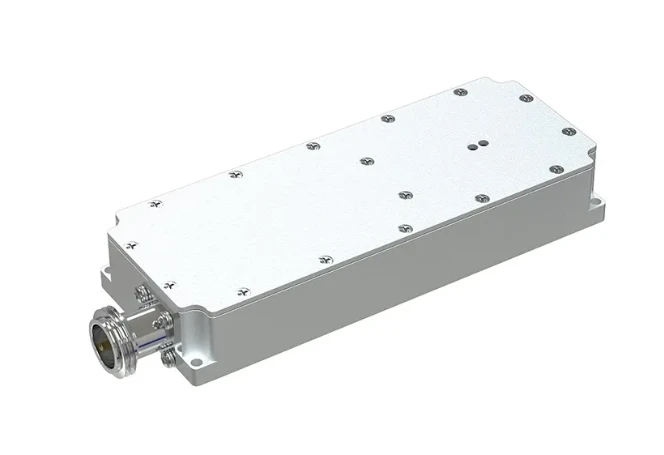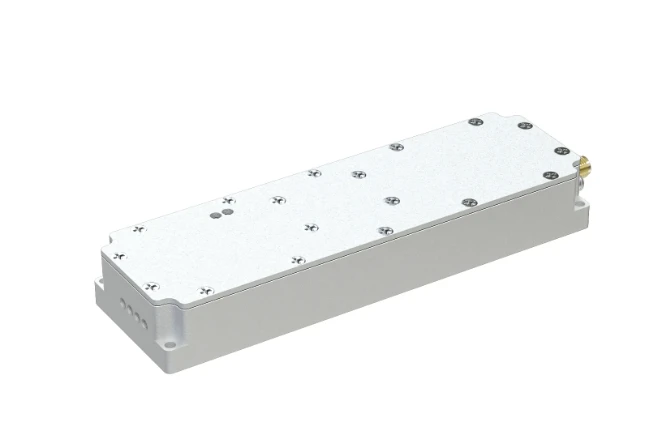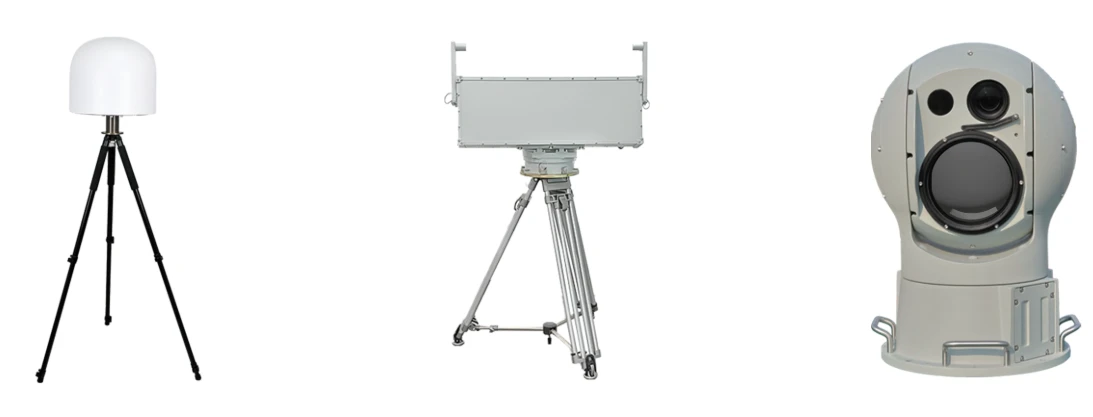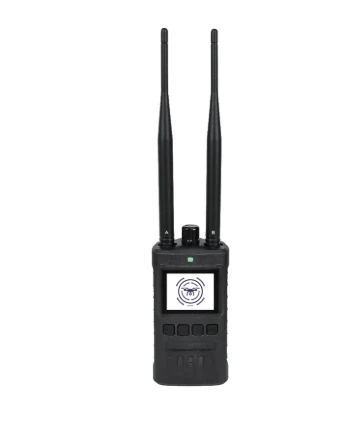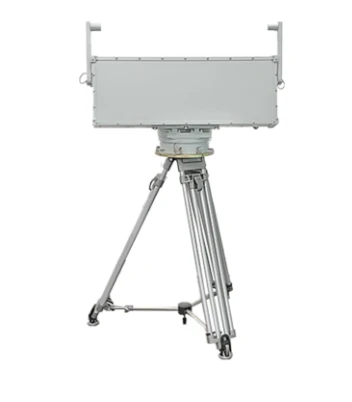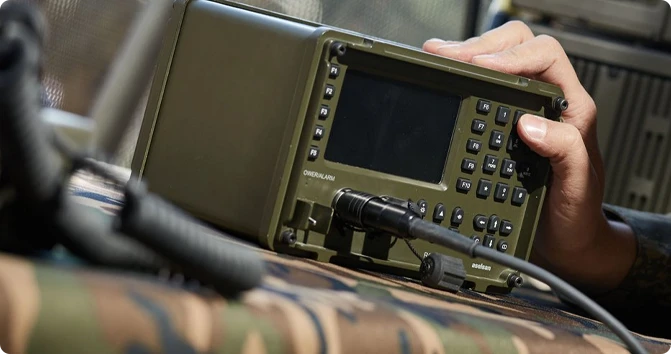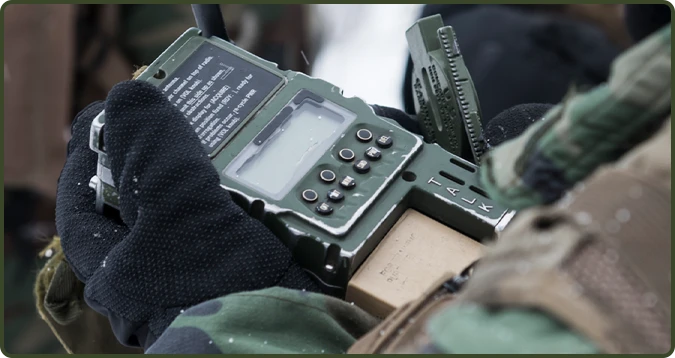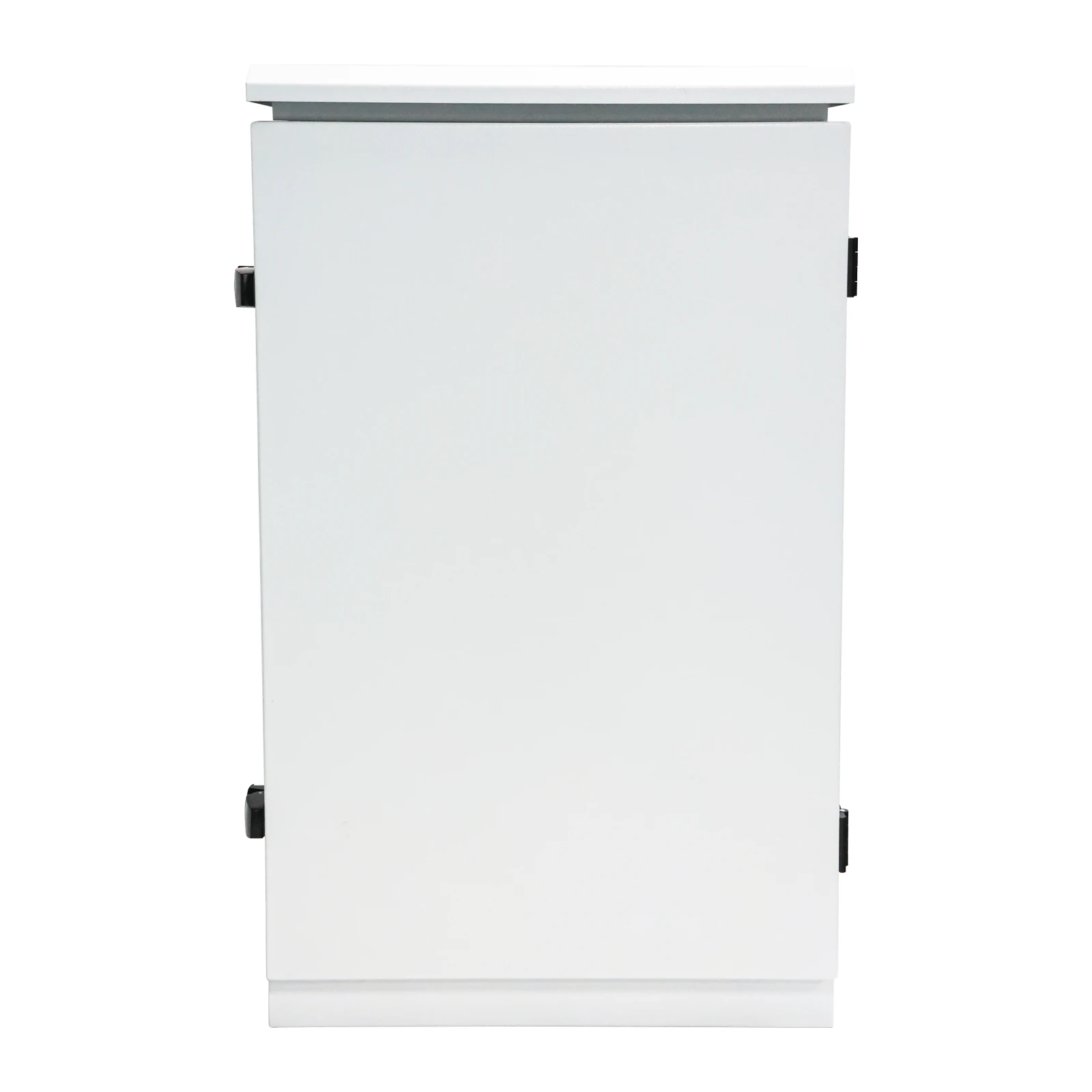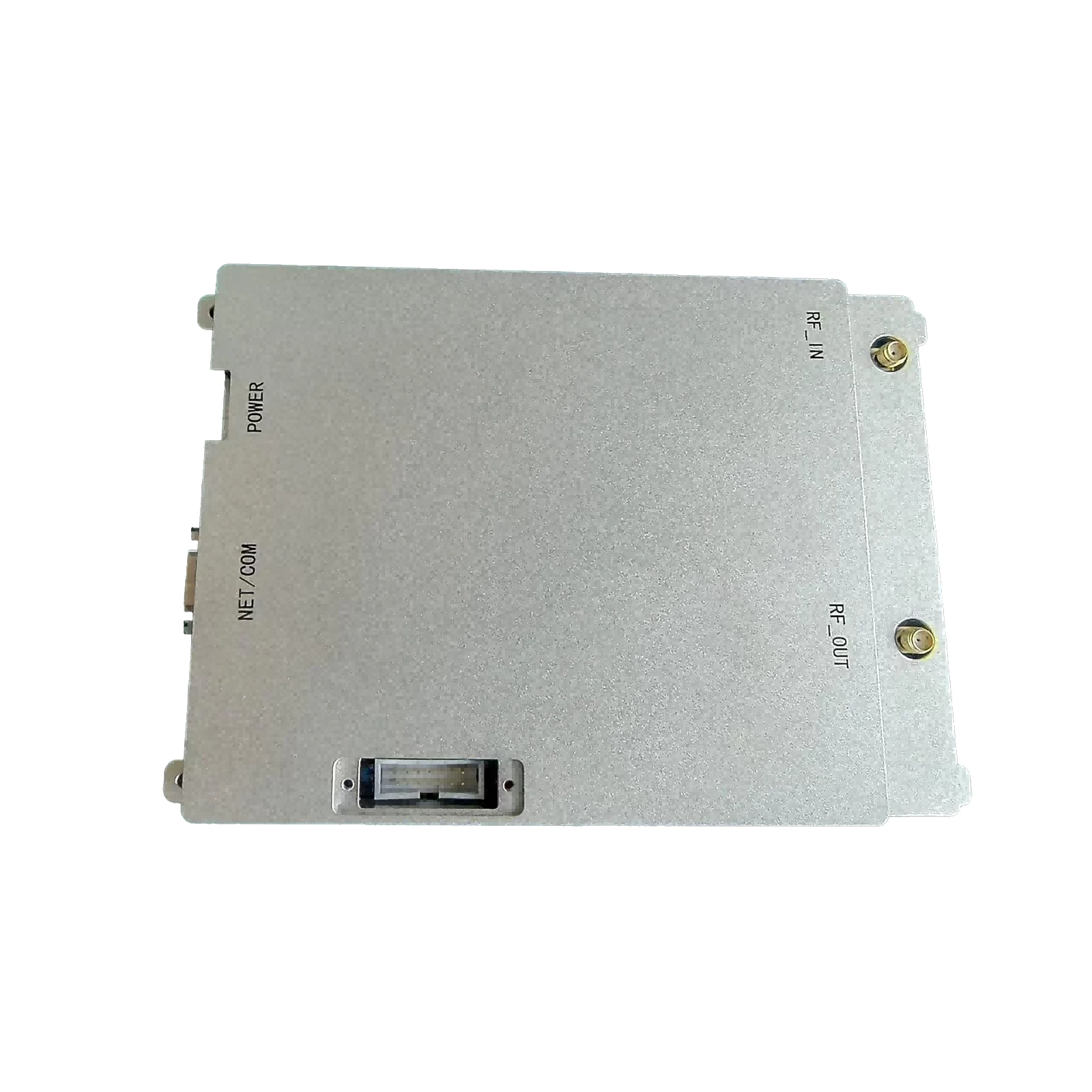Handheld Drone Detector - Portable & Accurate Drone Detection Device
- Understanding the Need for Handheld Drone Detection Technology
- How Handheld Drone Detectors Work: Key Technology Insights
- Vendor Comparison of Leading Handheld Drone Detector Solutions
- Customizable Features in Next-Gen Drone Detector Handheld Devices
- Practical Applications and Real-World Case Studies
- Overcoming Challenges and Maximizing Detection Accuracy
- Future Outlook: The Evolving Role of Handheld Drone Detectors

(handheld drone detector)
Understanding the Need for Handheld Drone Detector Technology
The rapid proliferation of consumer and commercial drones in recent years has driven the urgent need for effective drone detection technologies. Unmanned aerial vehicles (UAVs) are being used across diverse domains, from photography to logistics, but have presented substantial concerns regarding security, privacy, and airspace safety. Notably, airports, critical infrastructure, event venues, and private properties have faced unprecedented risks from both inadvertent and malicious drone intrusions.
According to the Federal Aviation Administration (FAA), the number of registered drones in the United States exceeded 900,000 in 2023, with annual growth surpassing 20%. Simultaneously, drone sighting incidents near airports increased by 32% over the last two years, highlighting the growing challenge. These figures underscore the necessity for robust solutions like the handheld drone detector
, which enables rapid and accurate threat assessment in the field.
Handheld Drone Detector technology offers mobility, convenience, and immediacy, empowering security personnel and first responders to identify unauthorized UAVs in real time. This flexibility is crucial especially in environments where installing fixed detection infrastructure is impractical or cost-prohibitive. As regulatory frameworks mature and threats evolve, the role of portable drone detection will continue to expand.
How Handheld Drone Detectors Work: Key Technology Insights
Modern handheld drone detectors leverage an array of detection methods to locate and classify drones. The most common technologies include radio frequency (RF) scanning, acoustic analysis, optical recognition, and, in advanced cases, radar. Each detection technique offers unique strengths and limitations, often used in combination for improved reliability.
RF analyzers are adept at capturing the electronic signatures transmitted between drones and their controllers, which is effective for most consumer-grade UAVs that rely on standardized communication links. Some products integrate a spectrum analyzer with specialized algorithms capable of distinguishing UAV transmissions from environmental noise. Acoustic sensors utilize machine learning models trained to recognize the distinct sound patterns produced by drone motors and propellers.
Optical recognition involves real-time image processing powered by AI, detecting drones visually even at extended distances. However, optical technologies are subject to line-of-sight constraints and weather-dependent variables. Advanced devices combine these methods to counteract individual shortcomings, resulting in higher detection rates. Studies from independent security labs demonstrate that multi-modal handheld detectors can achieve up to 98% recognition accuracy for popular drone models within a 1-kilometer radius under optimal conditions.
Vendor Comparison of Leading Handheld Drone Detector Solutions
The handheld drone detector market comprises several established players and innovative newcomers, all striving to excel in portability, detection performance, and user-friendliness. To provide a quantitative comparison, the following table summarizes core parameters of top offerings based on recent field evaluations and published technical data.
| Product | Detection Methods | Range (m) | Battery Life (hrs) | Weight (kg) | Detection Accuracy (%) | Integration/Options |
|---|---|---|---|---|---|---|
| Dedrone RF-360 Mobile | RF, Optical (AI) | 1000 | 6 | 1.8 | 96 | Wi-Fi, Cloud Data Sync |
| Skycope Counter-UAV Handheld | RF, Acoustic | 850 | 7 | 2.1 | 93 | Mobile App Support |
| DroneShield RfPatrol Mk3 | RF (Multi-Band) | 1500 | 8 | 1.2 | 95 | Real-time Alerting |
| Black Sage Technologies BD-100 | RF, Radar | 1200 | 5 | 2.4 | 94 | Map Visualization, API |
| Fortem DroneHunter Portable | Radar, RF, Optical | 1600 | 4 | 2.9 | 98 | Intercept Option, GPS Log |
Notably, detection range and accuracy vary by device and environment. Products such as Fortem DroneHunter boast multi-modal sensing for maximum coverage, while solutions like DroneShield RfPatrol balance detection performance with lightweight ergonomics. Decision-makers are encouraged to match their operational needs with these capabilities.
Customizable Features in Next-Gen Drone Detector Handheld Devices
Handheld drone detector manufacturers have responded to end-user requirements by introducing modular and scalable features. Future-ready devices are designed with adaptability in mind, allowing users to tailor detection parameters and integrate new sensing technologies as they become available.
Customization extends to user interface options, such as touch-screen controls, haptic feedback, and real-time visualizations. Some models facilitate remote firmware updates, keeping pace with evolving drone communication protocols. Integrations with GIS mapping tools and centralized security networks ensure that detected threats are visualized and escalated appropriately.
For high-security environments, bespoke encryption and user authentication schemes help safeguard detection data. Training and support programs are increasingly baked into procurement contracts, ensuring that operators can fully leverage the advanced capabilities of drone detector handheld devices from the outset. These enhancements guarantee not only high detection accuracy but also operational longevity.
Practical Applications and Real-World Case Studies
The utility of portable drone detection has been empirically validated at major events and critical sites worldwide. For example, in 2023, the organizers of an international sporting event deployed a fleet of handheld detection units to supplement static sensor arrays. Over the course of two weeks, security personnel identified and intercepted 37 unauthorized drones, including several attempts at live-streaming the event from restricted airspace. The post-event report credited the rapid response capability of handheld devices for preventing data leaks and potential disruptions.
Critical infrastructure operators have likewise adopted handheld drone detectors for area sweeps and routine perimeter inspections. Energy sector facilities have reported a 45% reduction in response time to suspected UAV incursions since integrating portable detection into their security protocols. These successes are echoed by law enforcement agencies, which routinely employ such devices to protect urban airspace above sensitive gatherings, parades, and VIP movements.
In private sector deployments, handheld detectors are quickly becoming standard for VIP residences, data centers, and R&D campuses. As additional case studies are published, the ROI for these solutions strengthens, especially when factoring in the mitigation of reputational risks and the avoidance of regulatory penalties.
Overcoming Challenges and Maximizing Detection Accuracy
Despite impressive advances, drone detector handheld users continue to face environmental and technical challenges. Urban clutter, wireless spectrum congestion, and the emergence of small, silent UAVs complicate detection. Innovations in drone materials and stealth technology further raise the bar.
To address these, leading manufacturers are investing in enhanced multi-sensor fusion and deep-learning-driven signal processing. By retraining detection algorithms with diverse real-world datasets, devices are better able to differentiate between legitimate UAV activity and background noise. Battery management optimization and ruggedized casings have been introduced to support reliable operation in adverse weather and field conditions.
Another area of focus involves interoperability with broader security systems. The future points toward seamless integration with command centers, utilizing encrypted communications and UTM (Unmanned Traffic Management) frameworks to automate alerts, forensic logging, and event escalation. In this way, upcoming handheld detectors will not only identify threats but also contribute actively to multi-layered security strategies.
Future Outlook: The Evolving Role of Handheld Drone Detectors
The trajectory of Handheld Drone Detector technology promises even greater sophistication in the coming years. Market research predicts that the global drone detection and countermeasure sector will surpass USD 3.2 billion by 2027, growing at a compound annual rate of 23%. Handheld solutions are expected to capture a significant portion of this expansion due to their cost efficiency and field versatility.
Innovations on the horizon include AI-powered predictive analytics, miniaturized sensor arrays, and integration with augmented reality headsets to visualize detected UAVs in real time. Legislative trends also suggest future mandates for drone detection capability in urban and critical infrastructure settings, further elevating the importance of portable tools.
In summary, the handheld drone detector is redefining aerial security, empowering professionals to meet dynamic threats wherever they arise. Its continued evolution will shape the balance between technological opportunity and risk, ensuring that as the skies grow crowded, airspace safety and privacy remain prioritized.
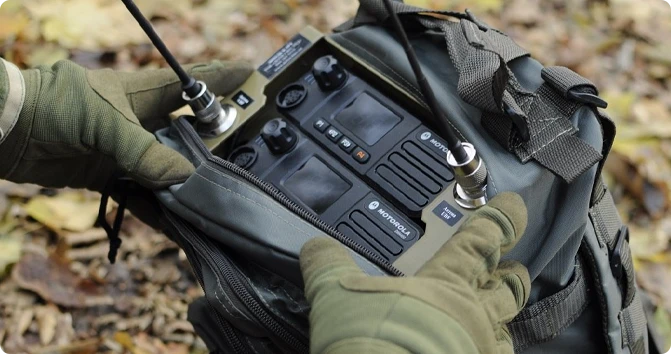
(handheld drone detector)
FAQS on handheld drone detector
Q: What is a handheld drone detector?
A: A handheld drone detector is a portable device that identifies and locates drones in the vicinity. It uses radio frequency or other technologies to detect drone signals. This device is ideal for on-the-go drone surveillance.Q: How does a Handheld Drone Detector work?
A: Handheld Drone Detectors scan for radio frequencies and signals emitted by drones. Once detected, they alert the user through visual or audio indications. Some models also provide distance and direction information.Q: What are the typical uses for a drone detector handheld?
A: A drone detector handheld is commonly used for security, privacy protection, and event monitoring. It helps prevent unauthorized drone activity in restricted areas. Law enforcement and private security teams frequently use these devices.Q: Is a handheld drone detector easy to operate?
A: Yes, most handheld drone detectors are designed with user-friendly interfaces for quick deployment. Users usually only need basic training. Operation often involves simply powering on and scanning the area.Q: Do handheld drone detectors detect all types of drones?
A: Most quality handheld drone detectors can detect a wide range of consumer and commercial drones. However, detection may depend on the drone's signals and the detector's frequency range. It is important to check detection compatibility before purchase.-
09 March 2021 07 Jul 2025
-
09 March 2021 07 Jul 2025
-
09 March 2021 07 Jul 2025
-
09 March 2021 07 Jul 2025
-
09 March 2021 07 Jul 2025
-
09 March 2021 21 May 2025
-
09 March 2021 25 Dec 2024
-
09 March 2021 14 Oct 2022
-
09 March 2021 25 Dec 2024



